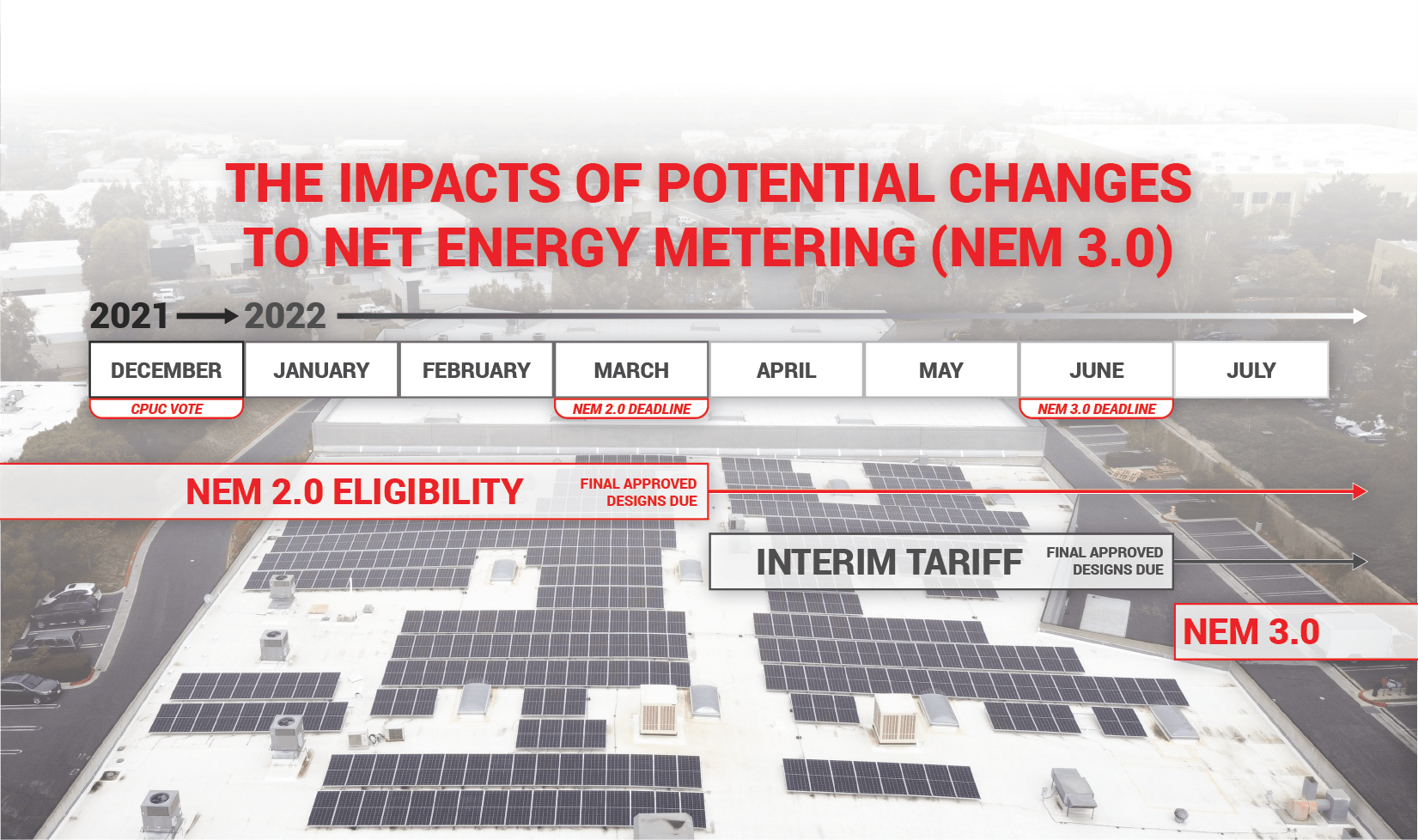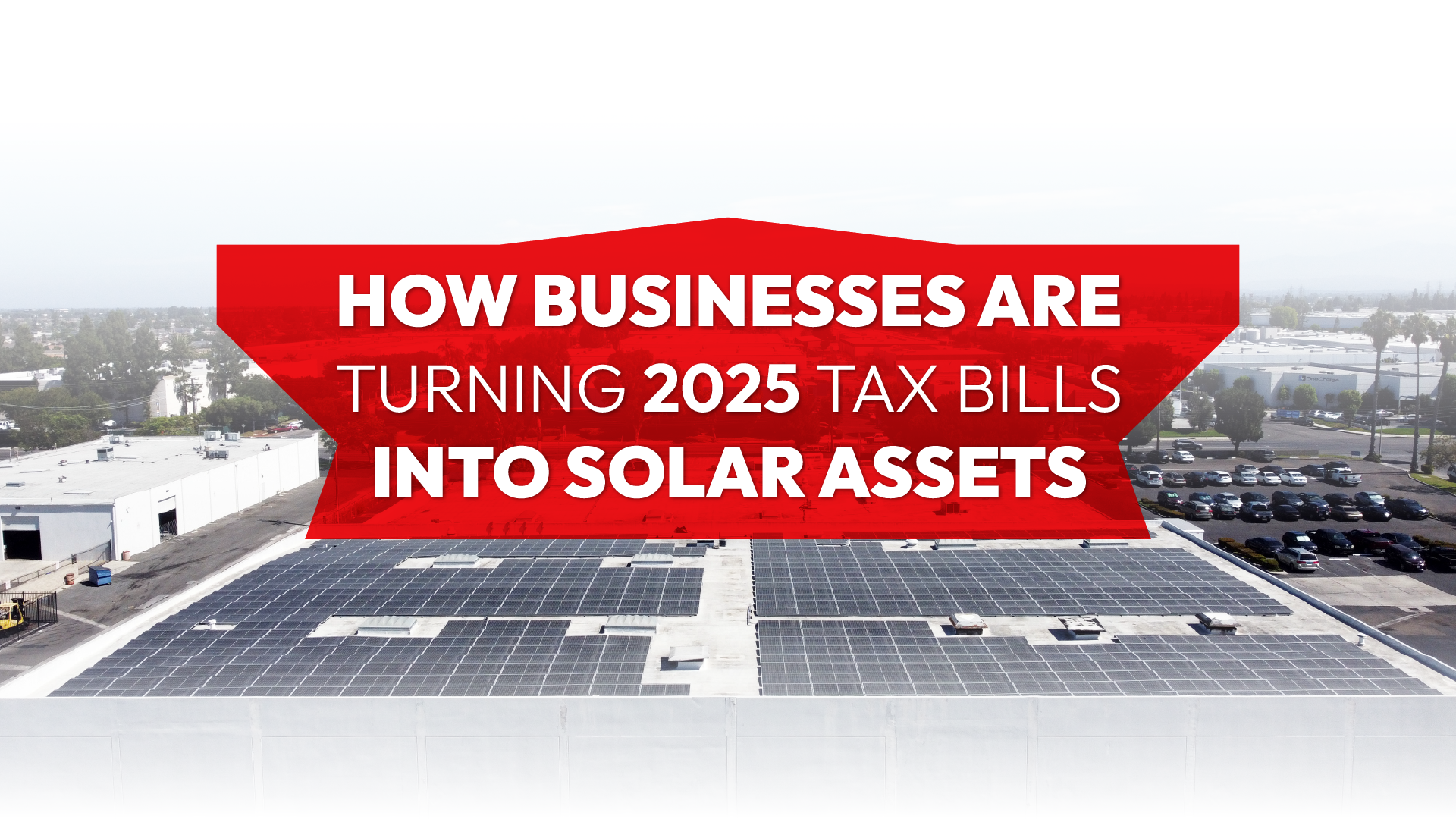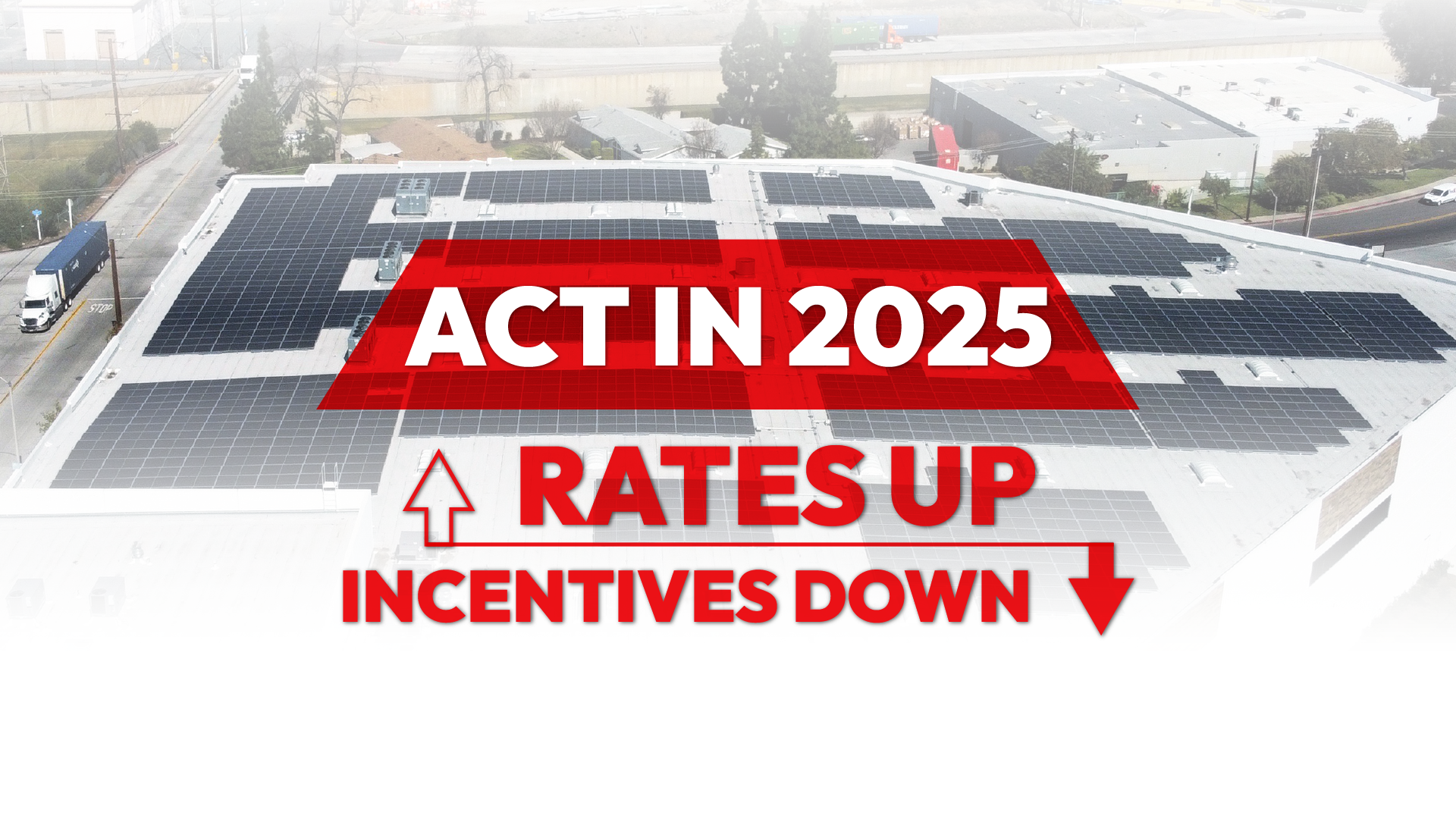The Impacts of Potential Changes to Net Energy Metering (NEM 3.0)
Businesses generating their own electricity through commercial or agricultural solar earn credits for the energy they generate, but can’t consume, the management program designed to capture and manage this overproduction is called Net Energy Metering (NEM 3.0) – potential changes to the program will soon have an impact on all new solar projects.
While net energy metering has been extremely helpful in establishing the value of solar throughout the industry, the program faces proposed changes through its next iteration (NEM 3.0). These potential changes could drastically reduce the export compensation provided and add egregious “Grid Benefits Charges” to all new systems, incurring additional monthly fees depending on the size of the system – increasing payback periods.
December 2022 Update: NEM 3 Passed As Net Billing
The final decision on the new net energy metering (NEM 3.0) program, that was originally expected at the end of 2021, ultimately passed in a 5-0 vote under a new tariff named “Net Billing” in December 2022.
This new approach rewards excess solar generation with wholesale-value electricity rates rather than retail rates. This reduction in investment value has pushed many to lock in NEM 2 before it goes away.
The deadline to grandfather into the previous program requires a completed NEM application before April 2023. Learn more about new net billing rules here.
Change in Credit Compensation
Net Energy Metering’s export compensation has been a key factor in commercial solar adoption, as it can significantly affect the payback period of a system. Under the current program, NEM 2.0, retail credit from overproduction sent back to the grid is valued at $0.25kWh.
The utility rewards the system with a $0.23kWh credit to be used when the system doesn’t produce enough. With the proposed changes of NEM 3.0, the utility returns your credit at an 80% reduction in value, a measly $0.04kWh credit.
Thankfully, There's a Window of Opportunity
Thankfully, there should be a small window of time for new commercial solar projects to avoid the substantial changes NEM 3.0 brings. With the vote expected to occur in December 2021, there is an expected 90-day buffer that will allow new applicants to be grandfathered into the previous iteration of net energy metering (NEM 2.0).
Many businesses, organizations and solar advocates have strongly advised against these harsh proposed changes. California is an industry leader in solar – policy decisions made in Sacramento typically sets the precedent for other states. These changes should be determined in December, voted for in January and could be effective as soon as spring of 2022.
Applicants trying to grandfather into NEM 2.0 must have near-final designs submitted and approved before that 90-day period ends – if all goes as expected this should be toward the end of March 2022.
For those who come close but do not meet that deadline, still have an opportunity to avoid the immediate effects of NEM 3.0. An interim tariff is expected to be established to bridge the transition between NEM programs, planned to provide new systems a similar value to NEM 2.0 for 3 – 7 years then transitioning to NEM 3.0 when that term is up.

Policy Change is Inevitable
The changes to Net Energy Metering haven’t been finalized as of yet, but California’s IOU’s (Investor Owned Utilities like Southern California Edison (SCE), San Diego Gas & Electric (SDG&E), Pacific Gas & Electric (PG&E)) continue to bring this fight to the California Public Utilities Commission (CPUC).
Revel Energy has followed and will continue to closely monitor how the changes to Net Energy Metering will be implemented. With many different proposals and perspectives being presented and argued, NEM 3.0 is guaranteed to change the price of solar in California in the very near future.
The potential changes and impacts to net energy metering (NEM 3) are still up in the air. Commercial solar still creates significant savings and positive cash flow from the moment it’s turned on, contact us today for a no-obligation energy evaluation for your business!
NEM 3 Proposed Decision (Update: December 16th, 2021)
While not final or approved, the CPUC voted to push forward with a proposed decision that, if approved, would have extreme adverse consequences for the solar industry in California. Currently in a period of review receiving public comments, the current proposed decision doesn’t look great for any prospective residential or commercial solar adopters.
This decision-making process has been shrouded in uncertainty from the beginning, but what is certain is that the investor-owned utilities are looking to change export compensation rates without considering any transition period for the industry to adapt.
Revel Energy believes there is a 70% chance that this proposed decision will be the final.
Time is ticking on this proposed decision and even policy experts following the process are unsure what the coming weeks will bring. Thankfully, there is still some time to secure the current iteration of this program (NEM 2) before whatever changes proposed are approved. Don’t hesitate to reach out, we’ve helped many businesses lock in the value that NEM 2 provides, contact us today!









